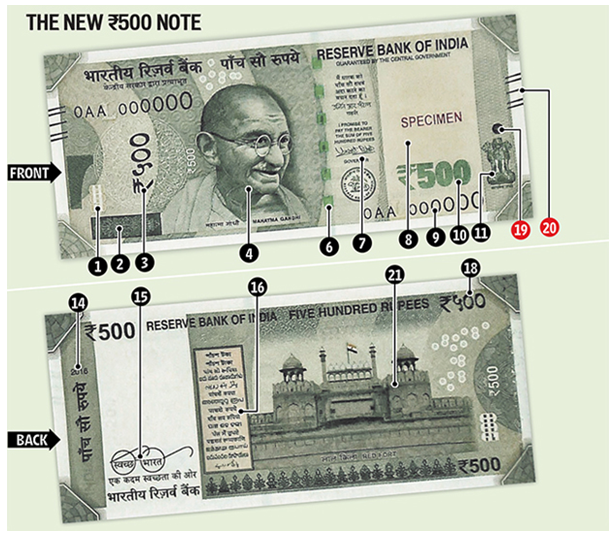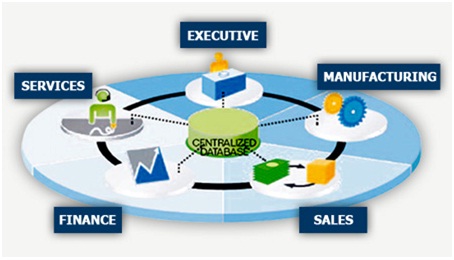Preparing for competitive examinations can be a daunting task, given the vast syllabus and high level of competition. However, with systematic planning, consistent effort, and the right strategies, one can significantly enhance their chances of success. Here’s a comprehensive guide to help you navigate the preparation process effectively.

1. Understand the Examination Pattern and Syllabus
The first step in preparing for any competitive exam is to thoroughly understand the examination pattern and syllabus. This involves:
- Exam Pattern: Knowing the structure of the exam, including the number of sections, types of questions (multiple-choice, descriptive, etc.), marking scheme, and time duration. For instance, exams like UPSC, GRE, and CAT have distinct formats and understanding these is crucial.
- Syllabus: Detailed knowledge of the subjects and topics covered in the exam. Break down the syllabus into manageable sections to create a focused study plan.
2. Create a Realistic Study Schedule
A well-structured study plan is the backbone of effective preparation. Here’s how to create one:
- Time Management: Allocate specific time slots for each subject based on your strengths and weaknesses. Ensure you include breaks to avoid burnout.
- Daily Goals: Set achievable daily goals to cover portions of the syllabus. This helps in maintaining consistency and track progress.
- Revision Time: Include regular revision sessions in your schedule to reinforce learning and improve retention.
3. Gather the Right Study Materials
Selecting the appropriate study materials is critical. These include:
- Books: Refer to standard textbooks and recommended readings. For instance, “Indian Polity” by M. Laxmikanth for UPSC or “Quantitative Aptitude” by R.S. Aggarwal for bank exams.
- Online Resources: Utilize online platforms that offer video lectures, tutorials, and practice tests. Websites like Khan Academy, Coursera, and edX provide valuable resources.
- Previous Year Papers: Practicing past year question papers helps in understanding the exam pattern and identifying important topics.

4. Focus on Conceptual Clarity
Competitive exams test your understanding of concepts rather than rote memorization. To achieve this:
- Understand Basics: Start with basic concepts and gradually move to advanced topics. Use diagrams, flowcharts, and mind maps for better comprehension.
- Apply Knowledge: Solve practical problems and case studies to apply theoretical knowledge. This enhances problem-solving skills and analytical thinking.
5. Regular Practice and Mock Tests
Practicing regularly is crucial for improving speed and accuracy. Here’s how to incorporate practice into your routine:
- Daily Practice: Solve a variety of questions daily to build proficiency. Use online question banks and apps for diverse practice material.
- Mock Tests: Take full-length mock tests under exam conditions. This helps in time management, identifying weak areas, and building exam temperament.
- Performance Analysis: Analyze your performance in mock tests to understand mistakes and work on them.
6. Revision Strategies
Regular revision is essential for retaining information. Effective revision strategies include:
- Short Notes: Prepare concise notes for quick revision. Highlight key points, formulas, and important facts.
- Flashcards: Use flashcards for memorizing important dates, definitions, and concepts. They are handy for quick reviews.
- Group Study: Engage in group discussions to gain different perspectives and clarify doubts.
7. Stay Healthy and Manage Stress
Maintaining good health and managing stress are as important as studying. Here’s how to take care of yourself:
- Healthy Diet: Eat a balanced diet to keep your energy levels up. Avoid junk food and stay hydrated.
- Exercise: Incorporate physical activity into your daily routine. It reduces stress and keeps you physically fit.
- Adequate Sleep: Ensure you get enough sleep to keep your mind fresh and alert.
- Relaxation Techniques: Practice meditation, deep breathing exercises, or yoga to manage stress and improve concentration.
8. Seek Guidance and Mentorship
Sometimes, external guidance can provide a significant boost to your preparation. Consider the following:
- Coaching Classes: Join coaching classes if you need structured guidance and expert advice.
- Mentorship: Seek mentors who have successfully cleared the exams. Their experiences and tips can be invaluable.
- Study Groups: Form or join study groups to share knowledge, resources, and moral support.
9. Stay Updated and Informed
For exams that include current affairs or general knowledge sections, staying updated is crucial:
- News Sources: Read newspapers, follow news websites, and watch news channels regularly.
- Magazines and Journals: Subscribe to competitive exam-specific magazines like “Pratiyogita Darpan” for curated content.
- Apps and Online Platforms: Use apps that provide daily current affairs updates and quizzes.
10. Maintain a Positive Attitude
Lastly, a positive attitude and self-belief are vital components of success:
- Stay Motivated: Keep reminding yourself of your goals and the reasons behind your hard work.
- Overcome Setbacks: Learn from your mistakes and failures. Use them as stepping stones to improve.
- Celebrate Small Wins: Acknowledge and celebrate small achievements to keep your morale high.
Conclusion
Preparing for competitive examinations is a comprehensive process that demands dedication, discipline, and strategic planning. By understanding the exam pattern, creating a realistic study schedule, gathering the right materials, focusing on conceptual clarity, practicing regularly, revising effectively, staying healthy, seeking guidance, staying updated, and maintaining a positive attitude, you can enhance your chances of success. Remember, perseverance and consistent effort are key to conquering competitive exams.














